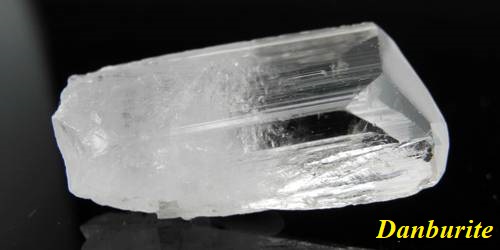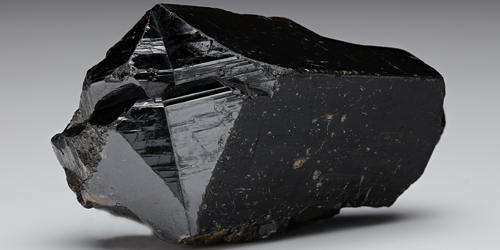Danburite is a calcium boron silicate mineral with a chemical formula of CaB2(SiO4)2. It is a mineral consisting of a calcium borosilicate that is transparent to translucent and in crystal habit resembles topaz. In addition to its beautiful natural prism shape, danburite has certain properties that have helped it gain popularity mainly in the jewelry community since its discovery.
It is named for Danbury, Connecticut, United States, where it was first discovered in 1839 by Charles Upham Shephard.
General Information
- Category: Tectosilicates
- Formula: CaB2(SiO4)2
- Crystal system: Orthorhombic
- Crystal class: Dipyramidal (mmm)

Properties
It has a Mohs hardness of 7 to 7.5 and a specific gravity of 3.0. The mineral has an orthorhombic crystal form. It is usually colorless, like quartz, but can also be either pale yellow or yellowish-brown. It typically occurs in contact metamorphic rocks.
- Colour: Colourless, white, gray, brownish white, straw yellow
- Crystal habit: Euhedral prismatic crystals; disseminated masses
- Fracture: Subconchoidal to uneven
- Tenacity: Brittle
- Mohs scale hardness: 7 – 7.5
- Lustre: Vitreous – greasy
- Streak: White
- Diaphaneity: Transparent to translucent
- Specific gravity: 2.93 – 3.02
- Optical properties: Biaxial (+/-)
Occurrence
Danburite is a borosilicate of lime, first found at Danbury, Conn. It is near the topaz in form. It is found mainly in North America, with the Connecticut deposit being one of the most significant, and other mines located in New York, and even as far south as Mexico.
Its crystal symmetry and form are similar to topaz; however, topaz is a calcium fluorine bearing nesosilicate. The clarity, resilience, and strong dispersion of danburite make it valuable as cut stones for jewelry.
Information Source:
















